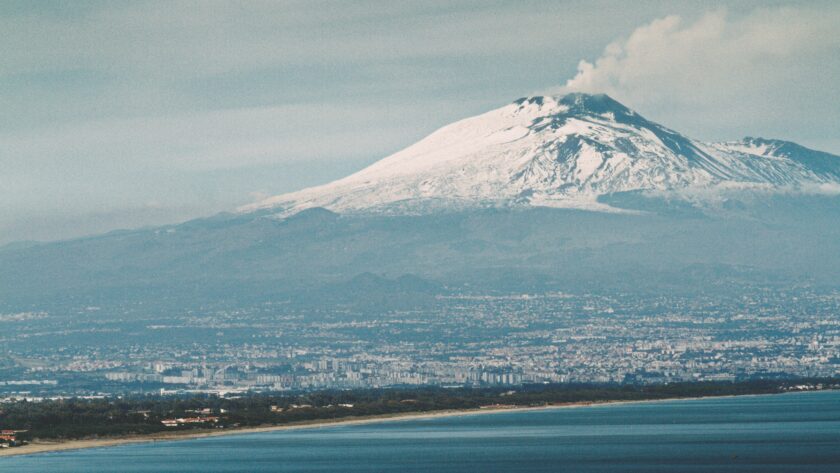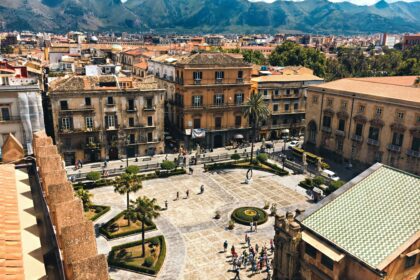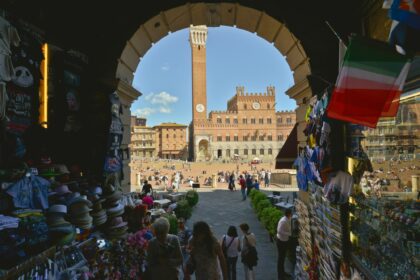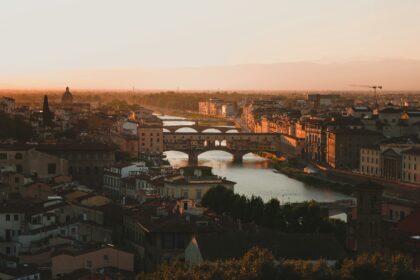Mount Etna, a towering presence upon the Italian island of Sicily, is Europe’s highest and most active volcano. This fiery giant boasts a rich history of eruptions, shaping and reshaping the surrounding landscape while captivating the imagination of people for centuries.
A Volcanic Tapestry: Etna’s History
Mount Etna’s origins date back at least 500,000 years. Its activity has been documented since ancient times, with Greek mythology framing it as the forge of the god Hephaestus and the prison of the monster Typhon. Etna’s eruptions have ranged from gentle lava flows to highly explosive events, leaving behind a complex and fascinating geological record.
Recent Rumblings
Mount Etna remains a highly active volcano. In recent years, it has exhibited frequent periods of strombolian activity (mild, rhythmic eruptions), lava flows, and ash emissions. These events serve as a thrilling reminder of the power and dynamism of the natural world.
Exploring the Volcano
While Etna’s activity necessitates caution, it also presents incredible opportunities for adventurers and nature enthusiasts. Here’s how to experience its wonders:
- Guided Tours: For the safest and most informative experience, numerous guided tours are available. Knowledgeable guides will lead you to safe trails and share insights into Etna’s geology, history, and current activity.
- Getting to the Summit Craters: There are several ways to explore the upper reaches of Etna. You can opt for a combination of hiking and cable car rides or utilize 4×4 vehicles for a closer look at the summit craters.
- Stunning Viewpoints: Even if a summit trip isn’t on the agenda, many accessible viewpoints offer breathtaking panoramas. Visit Rifugio Sapienza, a popular base for explorations, or venture along scenic trails that crisscross the slopes.
Essential Tips:
- Check Conditions: Before your trip, always check the latest activity reports and weather conditions. Etna’s behavior can change rapidly, and official guidance is crucial.
- Respect Restrictions: Adhere to designated trails and closed-off areas. Volcanic environments can be unpredictable.
- Dress Appropriately: Temperatures can vary significantly. Multiple layers of clothing, sturdy hiking boots, and sun protection are essential.
- Prepare for Altitude: If you are heading to the higher elevations, give yourself time to acclimate and be aware of potential altitude sickness symptoms.
- Be Responsible: Practice ‘Leave No Trace’ principles to help preserve Etna’s fragile ecosystem.
The Call of the Volcano
Hiking Mount Etna is an unforgettable experience. The smell of sulfur, the sight of glowing lava (if conditions allow), and the humbling power of nature combine to leave a lasting impression. If adventure calls, answer it on Europe’s fiery giant, Mount Etna, but do so with respect and preparation.




